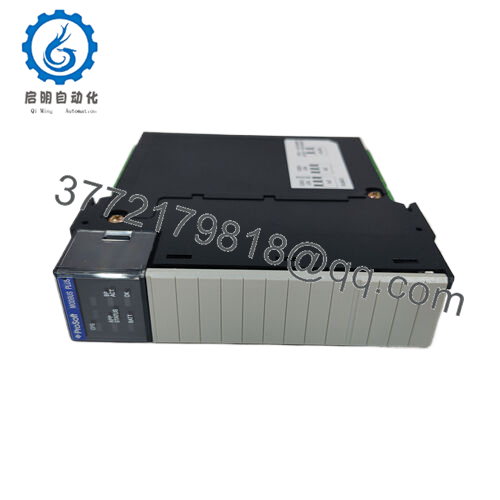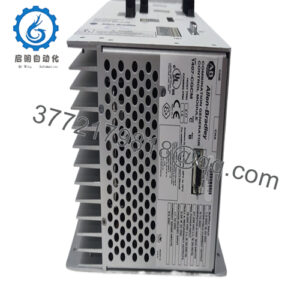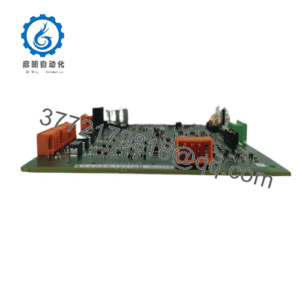Description
In industrial automation, where bridging legacy Modbus Plus networks to modern PLC platforms is key to avoiding costly protocol silos or data latency that could misalign field devices and central logic, engineers often face integration snags like incompatible backplanes, limited master/slave flexibility, or the overhead of custom gateways that inflate commissioning risks. The ProSoft MVI56-MBP steps in as a dual-port Modbus Plus communication module, tailored to embed seamless connectivity into Rockwell Automation’s ControlLogix chassis for reliable process control. Picture a wastewater treatment plant where SCADA oversight demands real-time polling from Modicon PLCs or power monitors—if the interface buffers overflow or drops packets amid high-traffic queries, you’d encounter pump sequencing errors, overflow alerts, or regulatory lapses that trigger shutdowns. This module is indispensable in such high-reliability environments, where its input/output emulation ensures precise I/O signal exchange, supporting modular expansions that unify disparate systems without rewiring entire cabinets.
The ProSoft MVI56-MBP targets the hybrid challenges of brownfield upgrades, such as connecting Schneider Electric end devices to Allen-Bradley processors, where its support for up to 64 Modbus Plus nodes enables peer-to-peer messaging without dedicated routers. It’s a staple in scenarios like drive coordination or relay monitoring, where dual ports facilitate redundant cabling for fault-tolerant loops, preventing single-link failures that plague serial-only setups. By leveraging the ControlLogix backplane for direct memory access, it minimizes scan impacts on the host CPU, aligning with goals of enhanced diagnostics through event counters and error logging. In EMI-dense or extended-run plants, its RS-485 isolation up to 1,200 meters curbs noise-induced retries, fostering operational continuity. Keywords like “industrial automation,” “process control,” “I/O signal,” and “high reliability” capture its core—the ProSoft MVI56-MBP dissolves network barriers, reducing engineering time for protocol mapping and enabling synchronized data flows in setups where Modbus compatibility is the glue for uptime.
The ProSoft MVI56-MBP occupies a single slot in the 1756 ControlLogix chassis, interfacing with the backplane to act as a virtual I/O module that maps Modbus Plus registers directly into the processor’s tag database, facilitating read/write operations without ladder overhead. Positioned in the communication layer of the automation stack, it supports master and slave modes over two independent RS-485 ports, handling up to 100 commands per port at 625 kbps for global addressing across up to 64 devices, while the onboard 16K word memory buffers data for non-real-time transfers. This design integrates with Studio 5000 via add-on instructions, where it routes queries to Modicon PLCs or ModConnect-licensed hardware like Schneider relays, using CRC checks for error-free packets and configurable timeouts to adapt to network loads.
- MVI56-MBP
- MVI56-MBP
In a typical configuration, the module’s dual ports enable daisy-chain or ring topologies, with one port dedicated to upstream SCADA links and the other to field slaves, ensuring bidirectional flow for commands like coil reads or holding register writes—all while the backplane handshake syncs updates at 1 ms intervals. Diagnostics include per-port LEDs for activity/faults and a configuration port for ProSoft Configuration Builder, allowing firmware flashes or log downloads without chassis power-downs. For instance, in a conveyor system, the ProSoft MVI56-MBP might poll Modbus Plus drives for speed feedback, scaling values to ControlLogix tags for PID adjustments, with slave mode exposing the module as a virtual device for remote queries—all compliant with Modbus Plus specs for peer validation. This user-oriented bridging trims gateway dependencies and boosts scalability in rack-based systems, letting focus drift to application logic over comm tweaks in the wider process control ecosystem.
| Specification | Details |
|---|---|
| Model Number | MVI56-MBP |
| Brand | ProSoft Technology |
| Type | Modbus Plus Dual-Port Communication Module |
| Input Voltage | 5 VDC (via ControlLogix backplane) |
| Operating Temp Range | 0 to +60°C |
| Mounting Style | Single-slot (1756 chassis) |
| Dimensions | 5.7″ x 1.4″ x 5.7″ (145mm x 35mm x 145mm) |
| Weight | 0.35 kg |
| Interface/Bus | Dual RS-485 (Modbus Plus), Config port |
| Compliance | UL, CE, Class I Div 2 |
| Supported Protocols | Modbus Plus (Master/Slave) |
| Typical Power Draw | 700 mA at 5 VDC |
Deploying the ProSoft MVI56-MBP arms your chassis with a connectivity hub engineered for mixed-protocol endurance, where its dual-port redundancy ensures long-term performance by sustaining 99.99% packet delivery even across 1 km runs, allowing legacy Modicon assets to feed live data without the jitter that erodes loop tuning. In the trenches, this means drives in a mixing plant respond to setpoint pushes with sub-second latency, averting overmix errors and stabilizing batches—vital for operations where data freshness ties to yield or safety margins.
The module’s I/O emulation further eases integration strains, as backplane mapping imports tags effortlessly into Studio 5000, slashing setup cycles by days in multi-vendor sites and freeing programmers for advanced functions like event-driven polling. Maintenance sharpens too: onboard counters track retries for proactive cable checks, with hot-swappable slots enabling fixes under 5 minutes, dovetailing with routines for quarterly firmware audits that extend MTBF past 200,000 hours. For networks spanning eras, the ProSoft MVI56-MBP recasts Modbus Plus from a relic to a revitalized vein, amplifying interoperability and resilience without chassis sprawl.
In power distribution substations, the ProSoft MVI56-MBP links Schneider relays to ControlLogix for breaker status polling, its isolated ports thriving in EMI-charged vaults to deliver high reliability for process control—critical system uptime prevails through master queries that preempt faults in grid-tied loads.
Oilfield pumpjacks harness the ProSoft MVI56-MBP for Modicon drive interfacing, routing torque commands over dual drops amid dusty, extended spans; its buffering upholds process control precision, optimizing strokes without comm-induced stalls in remote wells.
Food processing extruders deploy the ProSoft MVI56-MBP to sync legacy monitors with Allen-Bradley logic, handling slave reads in steamy, washdown zones—its robust RS-485 ensures high reliability, maintaining throughput via consistent recipe data in sanitary lines.
MVI56E-MBP – Enhanced Ethernet-enabled variant for hybrid Modbus Plus/TCP bridging.
MVI56-MCM – Modbus RTU/ASCII master/slave alternative for serial-focused integrations.
MVI56-MNET – Modbus TCP module for Ethernet upgrades from MBP setups.
1756-EN2T – ControlLogix Ethernet bridge companion for backplane extensions.
MVI69-MBP – CompactLogix-compatible Modbus Plus for smaller chassis.
MVI56E-MNETC – Client/server Modbus TCP for multi-client expansions.
2711P-RN6 – PanelView Plus HMI add-on for Modbus Plus visualization.
Before seating the ProSoft MVI56-MBP in your 1756 chassis, align firmware—v2.1 or later via ProSoft tools—with Studio 5000 to evade handshake stalls, and verify slot clearance with no obstructions, as misalignment severs backplane links. Test RS-485 termination at 120 ohms per port for stubs under 100 meters to curb reflections, and confirm chassis power ripple below 100 mV at 5 VDC to prevent buffer overflows; for Div 2, seal enclosures to NEMA 4X if in washdown. Map memory offsets in the add-on profile, targeting <500 words initial for load testing.
Upkeep for the ProSoft MVI56-MBP centers on monthly LED checks for TX/RX activity, querying error logs via Configuration Builder—if CRC fails top 0.5%, inspect shields; in humid spots, reseat DB9 connectors quarterly with ESD-safe tools to counter corrosion. Semiannually, cycle commands with a Modbus simulator to affirm 625 kbps throughput under 95% load, and during annual audits, simulate port faults to validate failover under 200 ms, but bench it: no runtime risks. These Modbus.org-aligned steps keep bridges buoyant without chassis churns.

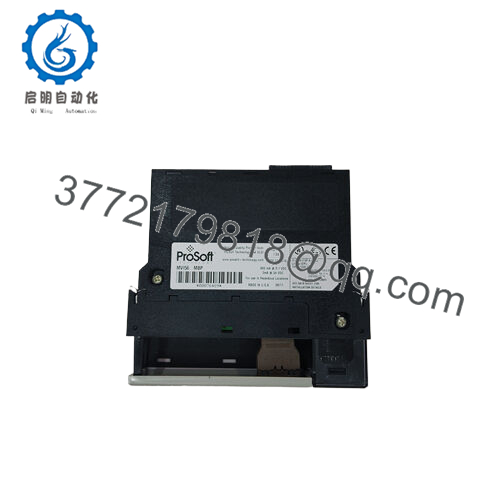
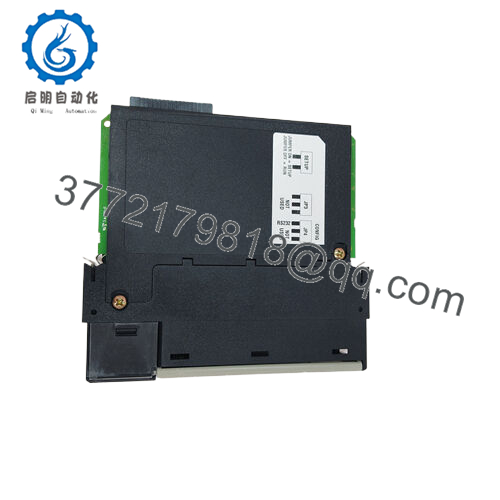
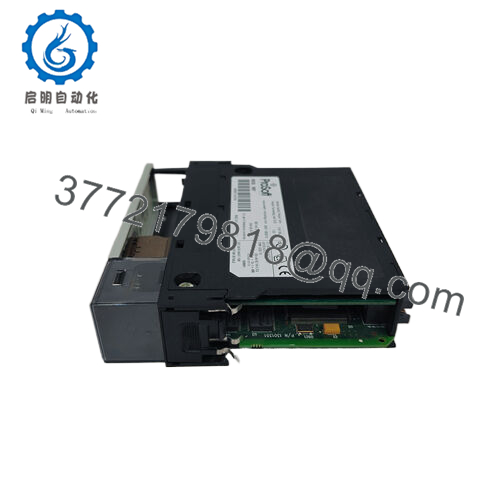
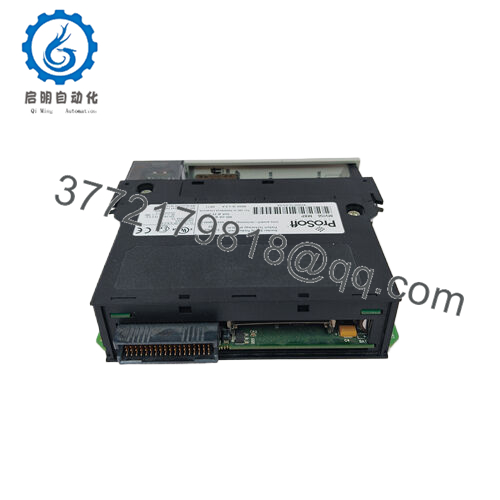
 WhatsApp: +86 16626708626
WhatsApp: +86 16626708626 Email:
Email:  Phone: +86 16626708626
Phone: +86 16626708626